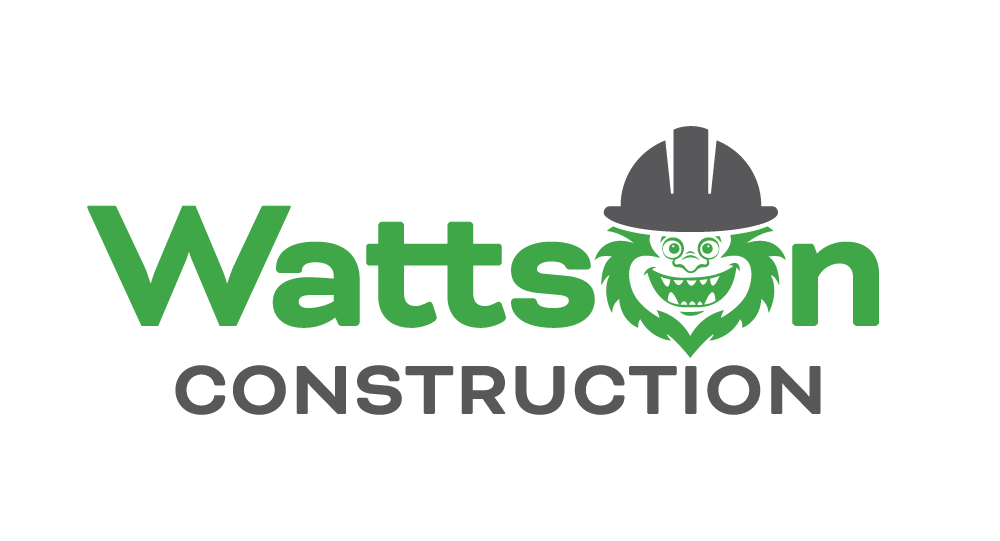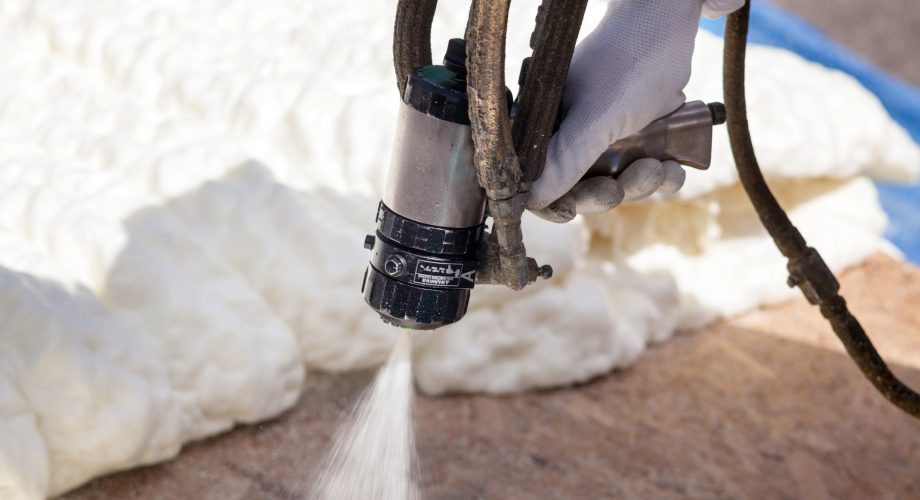Spray foam insulation is becoming an increasingly popular choice for home insulation projects. Spray foam is made from a mixture of chemicals and water that expand when it comes in contact with air, creating a rigid insulating barrier between the inside and outside walls of your home. So it’s no wonder homeowners are curious if it’s toxic. No one wants to put harmful chemicals that can hurt their family in their home.
The good news is spray foam insulation is not toxic when installed correctly and given the appropriate time to cure.
Is Foam Insulation Cancerous?
Spray foam insulation is not cancerous and poses very little risk to people. Foam insulation has been used safely since its invention in the 1940s. Initially used as a fire retardant material, it has since evolved into a versatile building product. The most common type of foam insulation is polyurethane (PU) foam. PU foams have been around for decades and are considered safe by the EPA.
Spray polyurethane foam contains toxic chemicals during the initial installation process, so it’s essential to wear protective equipment to avoid eye irritation or other health hazards. If exposed for long periods, it could result in lung damage.
What Toxic Ingredients are in Foam Insulation?
Spray polyurethane foam contains many different types of chemical compounds, including:
- Isocyanates: These organic compounds react with moisture to form urethanes. They are commonly found in paints, adhesives, sealants, coatings, caulks, and plastics.
- Polyols: These are alcohol-based compounds that react with isocyanates to produce polyurethanes. Commonly used polyols include propylene glycol, ethylene glycol, diethylene glycol, tri-ethylene glycol, tetra-ethylene glycol, di-propylene glycol, polypropylene glycol, and polybutylene glycol.
- Amine catalysts: These organic compounds act as catalysts to help accelerate the reaction between isocyanate and polyol and speed up the curing process.
- Flame retardants: These are organic compounds used to prevent fires from starting on materials containing them.
- Surfactants: These organic molecules lower surface tension so the liquid can spread more easily over surfaces.
These chemicals are only harmful during the initial installation phase. Once the spray polyurethane foam has time to expand and dry, it no longer has the off-gassing effect that, when inhaled, can be harmful.
What Happens if You Breathe in Foam Insulation?
Once the spray polyurethane foam insulation has had time to cure, you may inhale tiny particles of the chemical ingredients if you do breathe it in. These particles are so small they don’t pose any health risks. They will be filtered out through your lungs and never make it past your blood-brain barrier.
During the installation process, it’s important to wear a mask and protective gear and adequately ventilate the area. If exposed to these particles before they have enough time to settle and dry, they will likely cause irritation or respiratory problems like coughing or shortness of breath.
If you have questions about installing spray foam insulation safely, contact our team, and we will ensure it is done correctly.
Is Spray Foam Insulation Toxic After it Dries?
Spray foam insulation is non-toxic once it dries. When sprayed properly, it does not contain any hazardous substances. However, there are some precautions you should take before using spray foam:
- Do not use spray foam on anything flammable.
- Do not install spray foam near heat sources such as furnaces, hot pipes, or other areas where the temperature could exceed 120 degrees Fahrenheit.
- Do not use spray foam near children or pets.
- Do not install spray foam in rooms where smoking is allowed.
- Wear protective equipment and avoid skin contact or inhalation to prevent adverse health effects until the foam has dried completely.
Is Insulation Foam Board Toxic?
Foam board insulation is not toxic. Insulation board is another form of insulation often confused with spray foam insulation. While both types of insulation are similar in that they involve the use of foam, they are different. Spray foam insulation is created by spraying a liquid mixture of chemicals and water onto a substrate. In contrast, an insulation foam board is created using a solid foam substance. Both are great and safe options for home insulation.
Where Not to Use Spray Foam Insulation
There are certain places you should never use spray foam insulation. For example, spray foam insulation cannot be installed directly over wood framing because it can damage the wood. Also, spray foam insulation cannot go under exterior siding because it can crack the siding.
Where to Buy Non-Toxic Spray Foam
You can buy spray foam insulation at many local hardware stores. Make sure to ask about the safety precautions when purchasing spray foam insulation. The best place to purchase non-toxic spray foam is from a professional. Our team at Energy Monster can provide and install your new spray foam insulation safely. This saves you time and ensures the installation process goes seamlessly so your insulation can do its job adequately.
Benefits of Foam Insulation
The benefits of foam insulation material include:
- Energy efficiency: Foam insulation can help reduce energy costs by up to 30% and is extremely energy efficient.
- Soundproofing: Foam insulation helps block noise from outside noises and reduces sound transfer between rooms.
- Fire protection: Foam insulation helps prevent fires from spreading and protects against smoke damage when treated with flame retardants.
- Thermal performance: Foam insulation keeps your house warm in winter and cool in summer.
- Mold prevention: Foam insulation prevents mold growth and moisture buildup and creates an air barrier to prevent air or moisture from penetrating your home’s structure.
- Improves Indoor Air Quality: Foam insulation is an excellent choice for improving your home’s air quality. It can help improve the health issues of those with respiratory problems.
The benefits of spray foam insulation outweigh the downfalls. If you have additional questions about spray foam or the type of insulation that is right for your home, contact Energy Monster today. Our team can help you choose and provide details on the benefits and disadvantages of each type, including cellulose and fiberglass insulation. Contact our office and make an appointment today.

